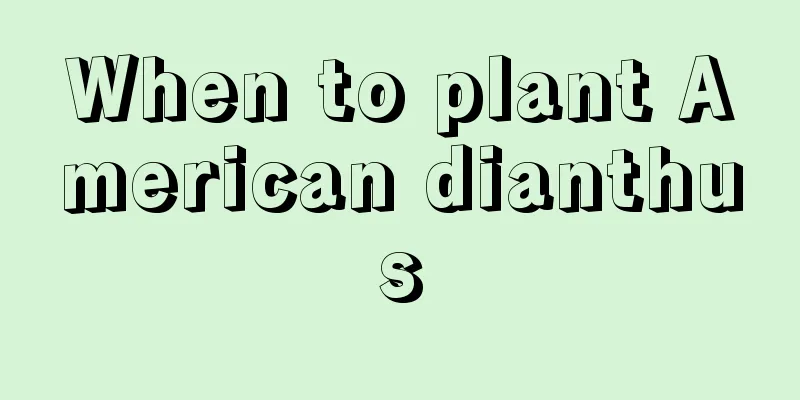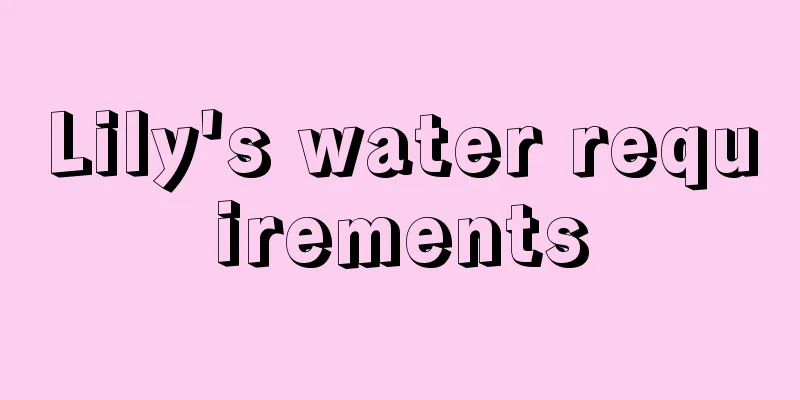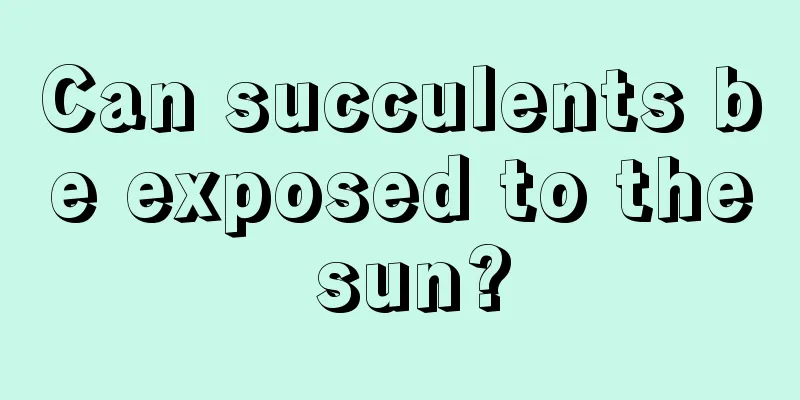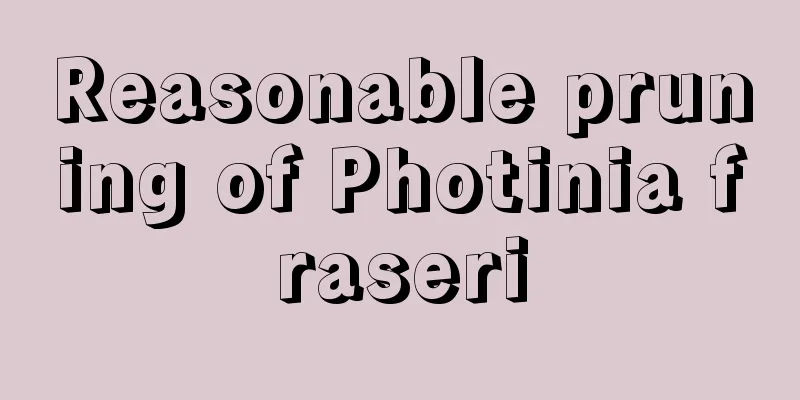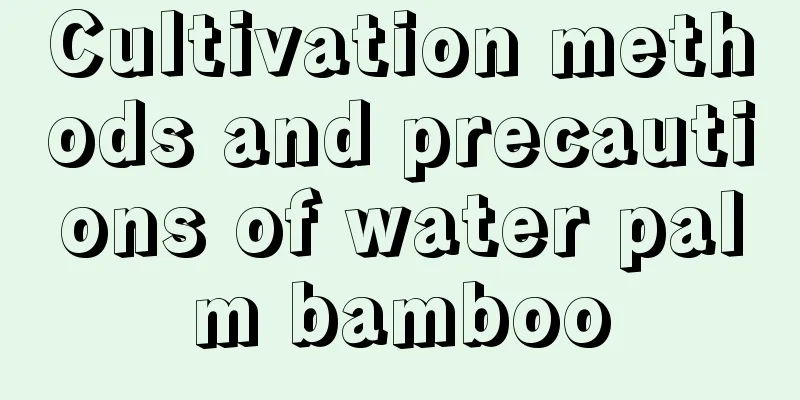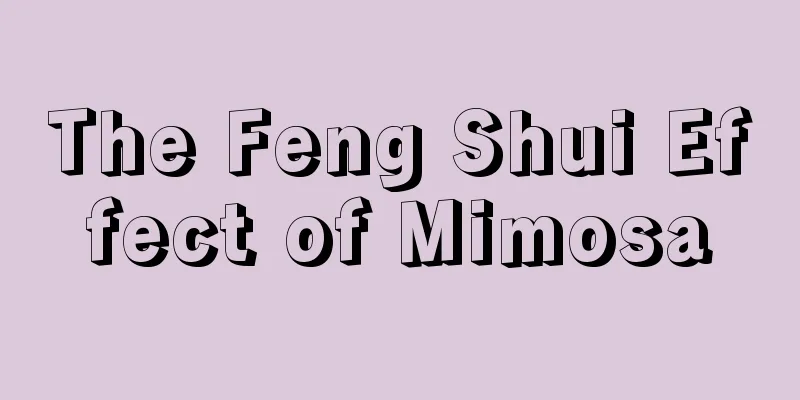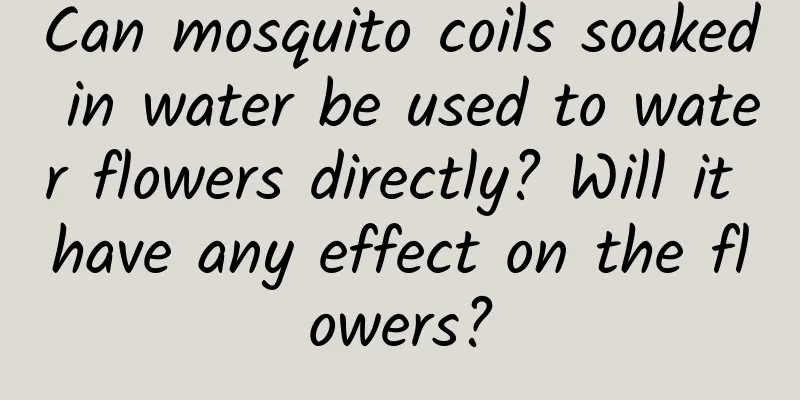What foliar fertilizer is best for corn?

|
What is foliar fertilizer? Foliar fertilizer is fertilizer sprayed on the leaves during the growth period of crops. It contains not only trace elements such as calcium, magnesium, iron, zinc, and boron, but also macroelements such as nitrogen, phosphorus, and potassium, as well as foliar fertilizers such as humic acid and amino acids. Foliar spraying of fertilizers has the advantages of fast absorption, high utilization rate, rapid nutrition supplementation, enhanced crop resistance, and significant improvement in product quality. Foliar spraying of fertilizer is not possible at any time. If there is sufficient base fertilizer or seed fertilizer, you can choose foliar fertilizer mainly containing trace elements. Then pay attention to the appropriate concentration and timing, and it must be used in the critical period of crop growth. For example, in the later growth stages of gramineous crops such as corn and wheat, when the root absorption capacity weakens, foliar fertilizer spraying can supplement nutrients and increase the number and weight of grains. As far as corn is concerned, there are many fertilizers that can be sprayed on the leaves. It depends on what the corn is lacking, and the fertilizer should be sprayed based on the principle of supplementing what is lacking. If the lower leaves turn yellow and gradually spread upward, and the leaves are thin and yellow, this is a sign of nitrogen deficiency and nitrogen supplementation is needed. If the leaves turn purple or red in the seedling stage, the plants are short, and the corn cobs become bent and bald in the later stage, and the rows of grains are uneven, this is a sign of phosphorus deficiency and phosphorus supplementation is required. If the lower leaves start to turn yellow along the edges from the tip and become scorched, the stalks are thin and thin, the root system is underdeveloped, and they are prone to lodging in the later stages, the sticks are small and pointed, and the tips are severely bald, this is a sign of potassium deficiency and potassium supplementation is required. If the lower leaves are still green while the upper leaves turn white, showing symptoms of green deficiency, it means there is iron deficiency and iron supplementation is needed. If the leaves have light stripes in the seedling stage, followed by wide bands of whitening, while the midrib and edges are still green, it means there is a zinc deficiency and zinc supplementation is needed. Corn may also be deficient in calcium, magnesium, sulfur, manganese, boron, molybdenum, copper, etc. The lack of these nutrients will affect the yield of corn and lead to a reduction in yield . The lack of these nutrients can be compensated by foliar spraying. Therefore, what kind of foliar fertilizer should be supplemented for corn depends on what your own corn lacks and then decide what to supplement. If you want corn to have enough nutrients, you must pay attention to scientific fertilization, such as increasing the application of organic fertilizers, applying fertilizers in stages, etc. But in reality, it is difficult for us to achieve the goal of increasing the application of organic fertilizers, and we rarely apply fertilizers in stages. However, although we cannot increase the application of organic fertilizer when sowing summer corn, we can directly return wheat straw to the field, which is a good organic fertilizer. We can apply sufficient amount of nitrogen, phosphorus and potassium triple compound fertilizer as seed fertilizer, so as to solve the problem of corn deficiency. If you are willing, or the amount of fertilizer is small, then you can apply topdressing, such as seedling fertilizer, jointing fertilizer, and ear fertilizer. At least apply nitrogen fertilizer once during the trumpeting period, right? Otherwise, it will lead to a decrease in yield. Foliar spraying is an economical and effective fertilization measure and is also recognized by many people. For example, spraying 0.2%-0.3% potassium dihydrogen phosphate 2-3 times during the jointing stage of corn can increase corn yield, and spraying 0.1%-0.3% zinc fertilizer during the seedling and jointing stages of corn can prevent the occurrence of corn mosaic disease. Every time you spray fertilizer on the leaves, you can add some plant hormones such as brassinolide, which can have unexpected effects . |
Recommend
How to plant Custard Apple? Planting and management techniques
Custard Apple Growth Environment Requirements The...
How to remedy aloe vera root rot?
Aloe vera has a compact plant shape, thick leaves...
The flowers don’t bloom, it turns out that there is something missing in the pot. Add a little of this and the pot will bloom immediately!
Add a little of this to Kalanchoe and it will imm...
How to adapt Jasper Lotus to the pot?
1. Preliminary processing The newly bought jade l...
It’s so sunny at the beginning of autumn, no wonder all the succulent plants are dying!
Chihuahua Chihuahuas are still in their dormant p...
What are the benefits of watering flowers with soy milk? The correct way to water flowers
Benefits of using soy milk to water flowers Soy m...
What vegetables are suitable for growing in autumn and winter
What vegetables are suitable for growing in autum...
Orchid species ranking
1. Ghost Orchid The ghost orchid is a very rare o...
I risked half my life to grow succulents
First meeting It was a sunny spring day. I passed...
Peacock ball spring maintenance
1. Suitable temperature The temperature suitable ...
Are cherries the same fruit?
1. Are cherries really cherries? Cherries are not...
These 6 kinds of flowers change color every day, a different look every day!
Three Drunk Hibiscus "The drunken lotus, whi...
How to prune mint and how to use the pruned mint
1. Pruning during the seedling stage Mint needs t...
The reason why white palm turns green
1. Natural causes Reason: The change of white ant...
Guppy breeding methods and precautions
Guppies have become a favorite among ornamental f...
